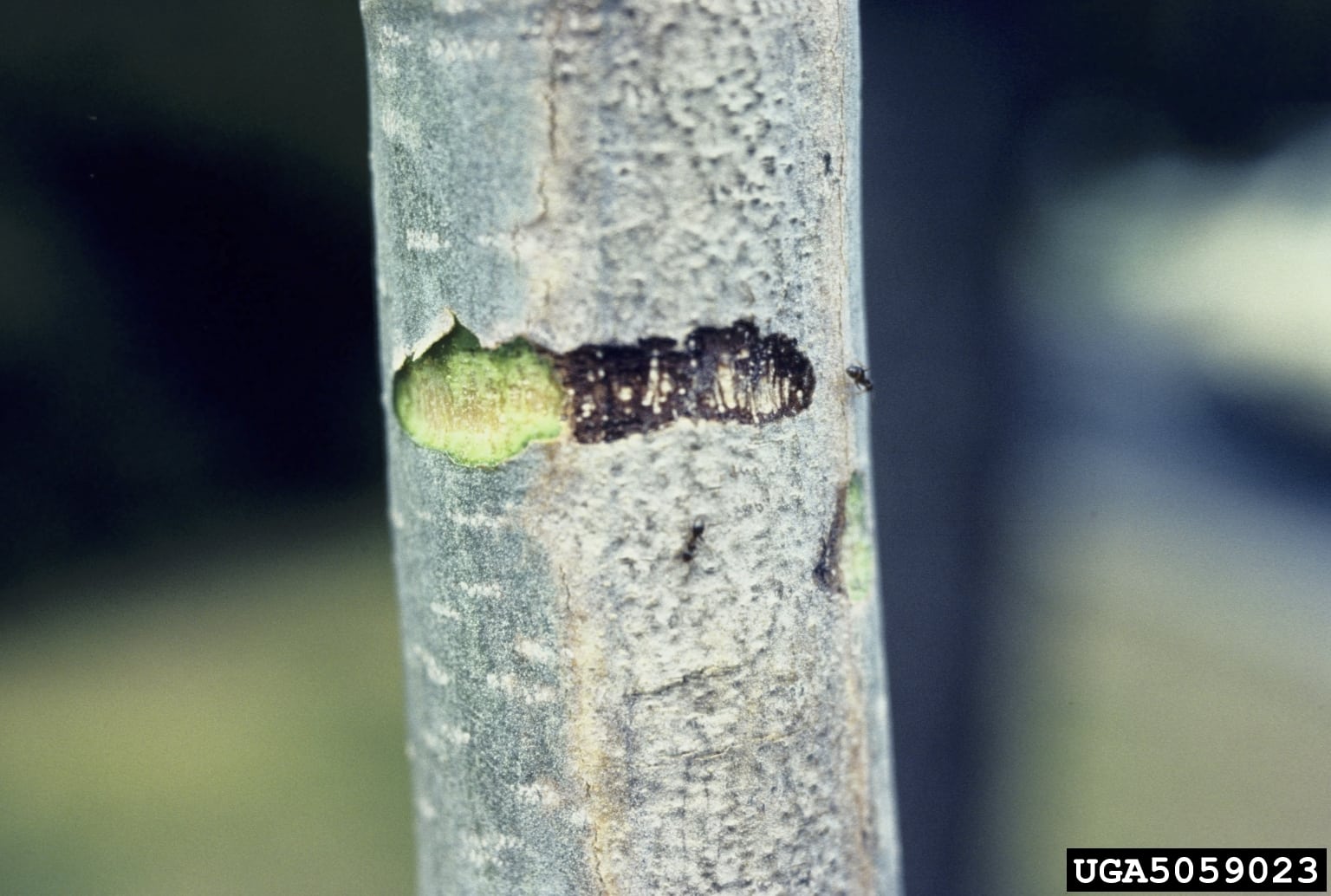Sunscald On Citrus Trees: How To Deal With Sunburnt Citrus Plants


Just like humans, trees can get sunburnt. Unlike humans, however, trees can take a very long time to recover. Sometimes they never completely do. Citrus trees can be very vulnerable to sunscald and sunburn, especially in very hot and sunny climates. Keep reading to learn more about what causes citrus sunscald and how to prevent sunscald on citrus trees.
What Causes Citrus Sunscald?
Citrus sunburn occurs when soft, vulnerable parts of the tree are exposed to too much intense sunlight. While it also affects fruit and leaves, the problem is the most serious when it reaches the bark, since it cannot be replaced and may never completely heal. Citrus sunburn usually appears as irregularly shaped, brown, raised lesions in spots that are hit by direct sun. As well as being unsightly, these lesions open up a direct pathway for diseases and pathogens to enter the tree. A citrus tree with sunscald may experience rotting fruit, stunted growth, and any number of opportunistic diseases that have found their way in.
How to Prevent Sunscald on Citrus Trees
Unfortunately, there is no good way to treat a citrus tree with sunscald. The only effective method is prevention. Sunscald is at its most dangerous on young trees with more delicate bark. If you are planting new trees and live in a climate with long, hot, extremely sunny days, try planting in a spot that receives some afternoon shade. Always keep your plants as healthy as possible, providing them with the appropriate amount of water and fertilizer. A healthy tree will be better able to survive any problem, including sunscald. Be careful when pruning – air circulation is good, but an ample leaf canopy will naturally protect your tree’s fruit and bark from intense sunlight. Old conventional wisdom recommended painting the trunks of citrus trees with whitewash (1 part white latex paint, 1 part water). While this is an effective form of sunscreen, it can be unsightly and is not practiced as much anymore.
Sign up for the Gardening Know How newsletter today and receive a free copy of our e-book "How to Grow Delicious Tomatoes".

The only child of a horticulturist and an English teacher, Liz Baessler was destined to become a gardening editor. She has been with Gardening Know how since 2015, and a Senior Editor since 2020. She holds a BA in English from Brandeis University and an MA in English from the University of Geneva, Switzerland. After years of gardening in containers and community garden plots, she finally has a backyard of her own, which she is systematically filling with vegetables and flowers.